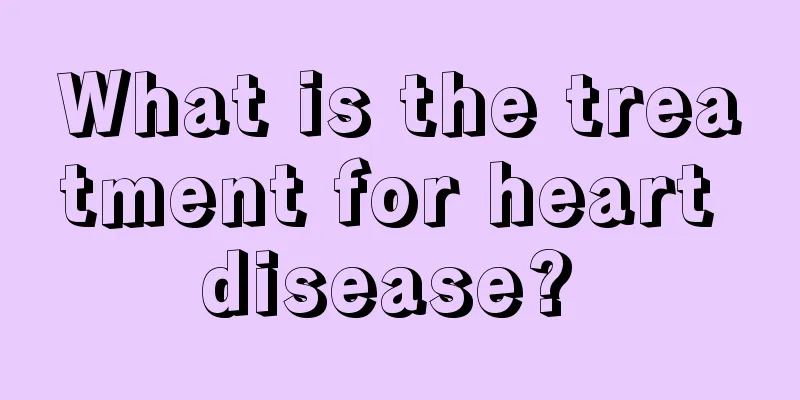The best treatment for prostate cancer

|
Marital life is something that everyone pays close attention to, but there is a kind of cancer that is quietly invading the wonderful life between couples, that is prostate cancer, which seriously threatens life and life. It is also a common malignant disease of the male reproductive system. The incidence rate in our country is also increasing year by year. There are many clinical methods to treat this disease. So, what is the best treatment for prostate cancer? The following is a detailed introduction for you. The best treatment for prostate cancer: There are different treatment options at different stages, and everyone should choose the one that suits them. A1 stage is a cancer discovered accidentally during the treatment of prostate hyperplasia. The lesions are localized and most are well differentiated. Most patients are in a stable condition with slow progression. Only about 1% may die from cancer. Due to the good prognosis, immediate radical prostatectomy or radiation or endocrine therapy is generally not recommended. Regular follow-up, rectal examination and B-ultrasound examination, and determination of blood acid phosphatase are recommended. It can be combined with traditional Chinese medicine treatment to control its progression. In stage A1, 35% of patients may have tumor progression if left untreated, so radical prostatectomy or radiotherapy should be considered. Most stage B1 tumors are well differentiated, but during surgery, 5-20 percent of patients are found to have lymph node metastasis, so radical prostatectomy should be performed. The 15-year cancer-free survival rate after radical surgery is 50-70 percent. About 50% of patients in stage B2 have tumors that have invaded the seminal vesicles, and 25-35% of cases have lymph node metastasis, so radical surgery for prostate cancer and pelvic lymph node dissection, orchiectomy, endocrine therapy, radiotherapy, and intra-tissue radiotherapy should be performed. The 15-year cancer-free survival rate after radical surgery for stage B2 is 25%. There is no consensus on the treatment of stage C, as treatment is more difficult at this stage and most pelvic lymph nodes have already metastasized. Stage D is mainly treated with endocrine therapy, chemotherapy and immunotherapy. For stages D0 and D1, pelvic lymph node dissection can be performed. Early application of endocrine therapy can prolong the survival time of tumor patients, with a 5-year survival rate of about 30%. Canadian researchers have found that foods with sufficient soluble fiber can reduce the level of PSA in the body, which is a sign of prostate cancer. A diet rich in vitamin C can reduce the risk of prostate cancer. Tomatoes and carrots contain a lot of beta-carotene, which helps your body absorb the lycopene in tomatoes and may reduce the risk of prostate cancer by 32%. |
<<: How to treat skin cancer with traditional Chinese medicine
>>: Authoritative hospital for prostate cancer treatment
Recommend
What is the severity of testicular cancer?
What are the seriousness of testicular cancer? Ca...
Can I eat seafood after getting rabies vaccine
Rabies vaccine is mainly used to prevent the body...
The function of toothpaste
Toothpaste is a very important part of our lives....
How to prevent liver disease
There are many types of liver disease, all of whi...
What are the quick ways to get rid of acne scars
After acne is removed, there will always be some ...
What medicine can I take to relieve vomiting after chemotherapy
Chemotherapy can play a very good therapeutic rol...
What's wrong with the scab in the ear
Ear scabs are a very common phenomenon. Many peop...
Good living habits are the key to preventing rectal cancer
The incidence rate of rectal cancer in our countr...
How to make thick and hard hair soft
Thick and hard hair is generally caused by congen...
Will it hurt to clear the fallopian tubes?
Fallopian tube obstruction is a common and freque...
If you break your knee, you can quickly heal the skin by doing this
In daily life, there are many reasons that can ca...
Is it normal to lose weight in summer?
Losing weight in summer is a normal physiological...
What to do if a bone is stuck between teeth
In daily life, we often encounter various problem...
Chest tightness after myocardial infarction surgery
There are many heart diseases, and if heart disea...
The best treatment for renal cancer bone metastasis
Kidney cancer is more common in men. The occurren...









